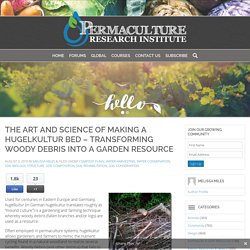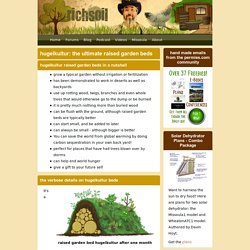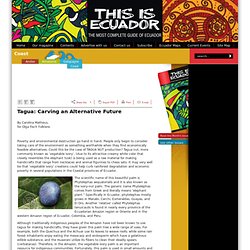

Nicaragua and organic honey. Template Document. This page contains links to the USDA bee laboratories as well as to national and local beekeeping organizations.

Also included are links to international beekeeping organizations and resources. USDA Bee Research Facilities Beltsville Bee Lab The Beltsville Bee Lab is the main USDA Research facility for Honey bees in the U.S. It's mission is to conduct research into the biology and control of honey bee parasites, diseases and pests to ensure an adequate and viable supply for pollination and honey production. Additionally, the Beltsville facility focuses on preservation of honey bee germplasm in order to maintain genetic diversity as well as ensuring the future viability of honey bee stock. The Beltsville research staff are also available to any beekeeper in the U.S. Carl Hayden Bee Research Center, Tucson, AZ Honeybee Research Unit, Weslaco, TX Honey Bee Breeding, Genetics, Physiology Laboratory, Baton Rouge, Louisiana Biology and Systematics Laboratory, Logan, UT Associations and Organizations. The Art and Science of Making a Hugelkultur Bed - Transforming Woody Debris into a Garden Resource.
Used for centuries in Eastern Europe and Germany, hugelkultur (in German hugelkultur translates roughly as “mound culture”) is a gardening and farming technique whereby woody debris (fallen branches and/or logs) are used as a resource.

Often employed in permaculture systems, hugelkultur allows gardeners and farmers to mimic the nutrient cycling found in a natural woodland to realize several benefits. Woody debris (and other detritus) that falls to the forest floor can readily become sponge like, soaking up rainfall and releasing it slowly into the surrounding soil, thus making this moisture available to nearby plants. Hugelkultur garden beds (and hugelkultur ditches and swales) using the same principle to: Help retain moisture on site Build soil fertility Improve drainage Use woody debris that is unsuitable for other use Applicable on a variety of sites, hugelkultur is particularly well suited for areas that present a challenge to gardeners. 1. 3.
Hugelkultur: the ultimate raised garden beds. Raised garden bed hugelkultur after one month raised garden bed hugelkultur after one year raised garden bed hugelkultur after two years raised garden bed hugelkultur after twenty years It's a german word and some people can say it all german-ish.

I'm an american doofus, so I say "hoogle culture". I learned this high-falootin word at my permaculture training. Hugelkultur is nothing more than making raised garden beds filled with rotten wood. I do think there are some considerations to keep in mind. Another thing to keep in mind is that wood is high in carbon and will consume nitrogen to do the compost thing. Digital.library.okstate.edu/oas/oas_pdf/v37/p144_147.pdf. This is Ecuador - Tagua: Carving an Alternative Future. By Carolina Matheus, for Olga Fisch Folklore.

Poverty and environmental destruction go hand in hand. People only begin to consider taking care of the environment as something worthwhile when they find economically feasible alternatives. Could this be the case of TAGUA NUT production? Tagua nut, more commonly known as ‘vegetable ivory’, (due to its attractive creamy white color that closely resembles the elephant tusk) is being used as a raw material for making handicrafts that range from necklaces and animal figurines to chess sets. It may very well be that ‘vegetable ivory’ creations could help curb rainforest degradation and economic poverty in several populations in the Coastal provinces of Ecuador. The scientific name of this beautiful palm is Phytelephas aequatorialis and it is also known as the ivory-nut palm.
Although traditionally indigenous peoples of the Amazon have not been known to use tagua for making handicrafts, they have given this palm tree a wide range of uses. Sources: